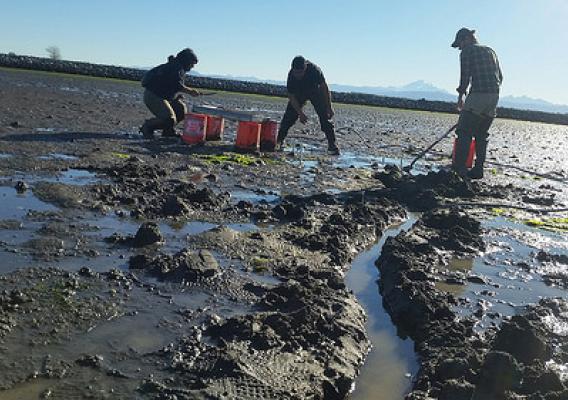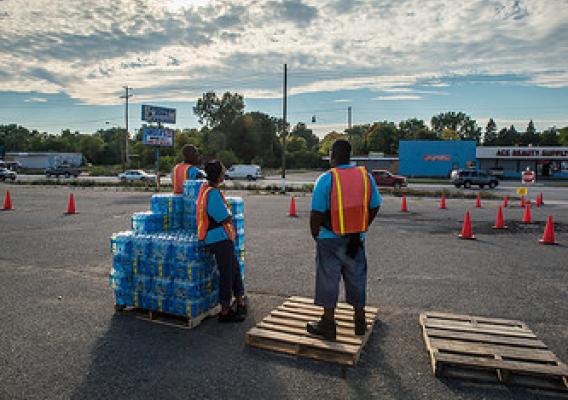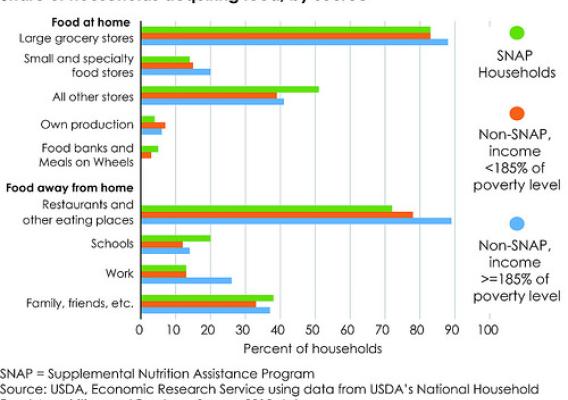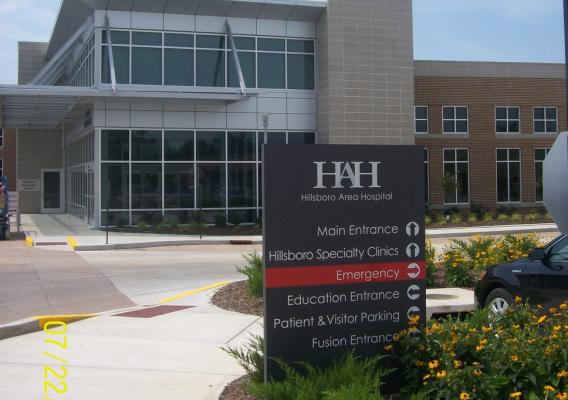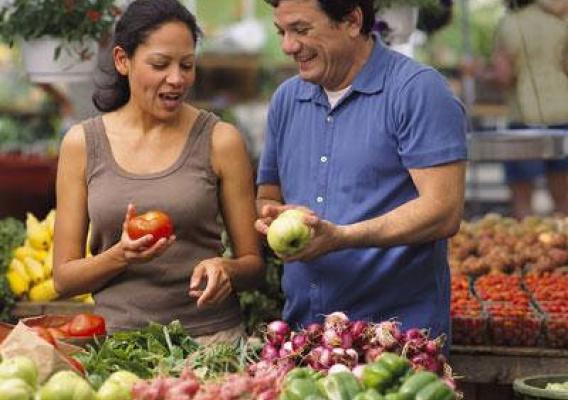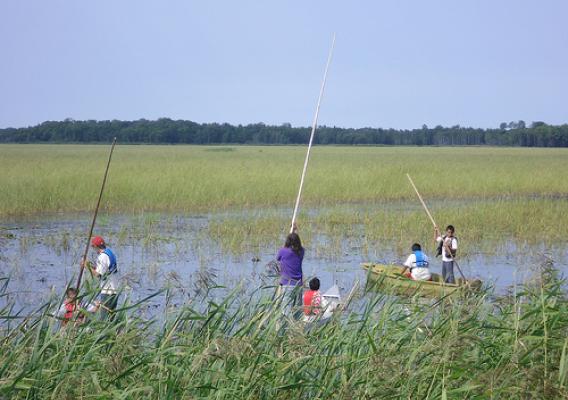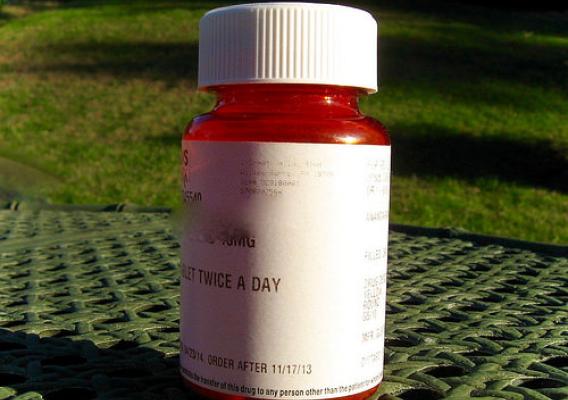USDA’s emergency food program in Flint, Mich., offers a unique response to the city’s lead crisis. To support the health of the area’s low-income residents, USDA’s Food and Nutrition Service promotes key nutrients and adequate diets.
“This community is an old manufacturing town. A lot of the factory jobs have left the area, and unfortunately the people are left behind,” explains Matthew Purcell, Executive Director of Genesee County Community Action Resource Department (GCCARD), a local community action organization that assists low income residents. After dangerous levels of lead were discovered in the city’s water pipes, everyday life in Flint became even more challenging. When a local resident like Reggie needs to take his medications, he can’t fill a cup of water from the kitchen sink. He makes regular trips to water pickup stations in churches and abandoned parking lots to ensure an adequate supply of safe drinking water in his home. When Mrs. Smith draws a bath for her four grandchildren, she is afraid to use the water from the pipes. She drags large jugs from the front porch through the house and pours them, one by one, into the tub.

